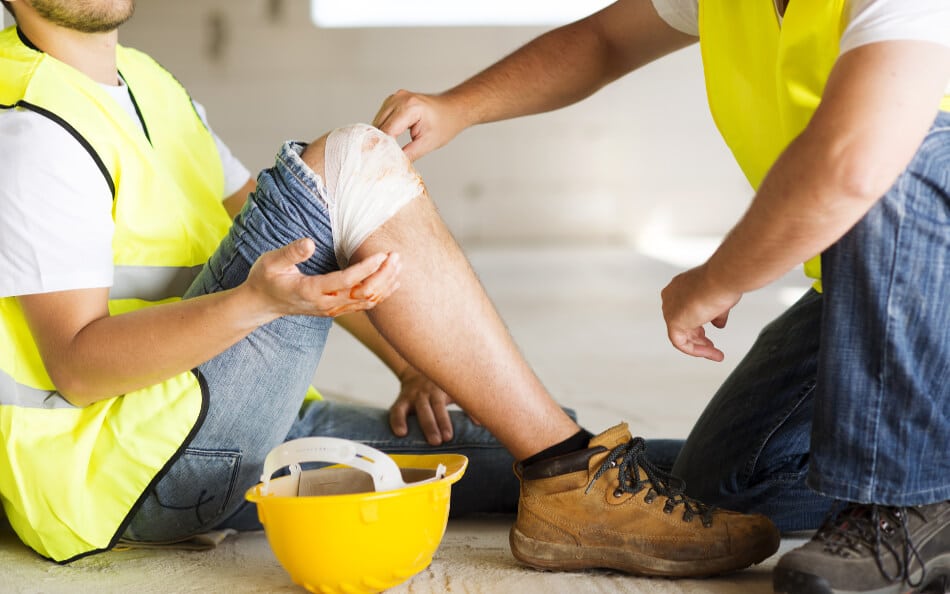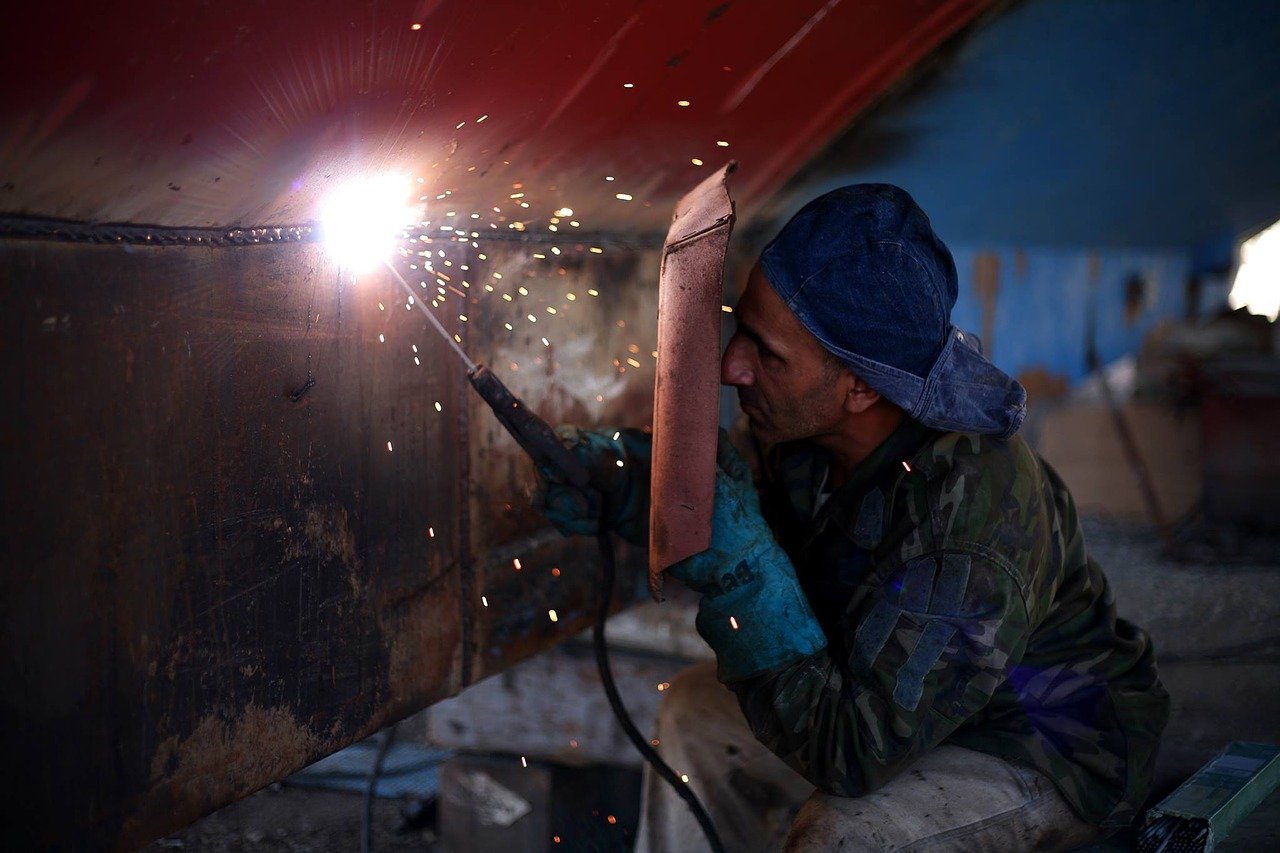With all the heavy equipment, overhead loads, moving objects, and all the working at height, construction is definitely a risky worksite. Add in all the noise, airborne materials and exposed electricals, no doubt, construction work is risky by nature. Although it’s a whole lot safer these days as compared to the past decades, there is still a lot of work to be done to avoid injuries and incidents.
According to Eurostat, construction has the most number of fatal accidents at work, with a total of 3876 fatal accidents in the EU in 2015, more than one-fifth of which took place within the construction sector.
So much have improved and changed in on-site safety with various measures to help you manage a safer worksite for your employees and the general public. We handpicked the most useful actions you can practice that will prevent or minimise injuries and accidents among your field workers.
Related also: Digitise your QHSE processes for better construction quality and a safer construction site
1. Provide the best or latest safety gear
Rewind to a few years ago and the required PPE (personal protective equipment) only involved a working helmet, a vest and a pair of boots. We have come a long way since then. There are now proper sturdy work clothes, safety boots, helmets, and other protective equipment that are scientifically designed to avoid on-site injuries and serious accidents.
Examples include impact protection boots that have steel plates that prevent in-sole penetration, and the newer smart helmets that have augmented reality lenses that allow potential hazard warning.
2. Use a safety-centered app or software
Most of today’s construction software and apps focus on building information modeling and cloud-based collaboration. Find a construction management app that has a focus on on-site safety.
For example, the LetsBuild app has a special QHSE feature that allows you to spot potential hazards and compiles previous data to avoid previously identified risks, which ultimately helps with worksite safety.
3. Comply with all possible safety regulations
Regardless of how annoying regulations can be, they are very important measures to avoid occupational accidents, while avoiding fines and legal problems. It is highly crucial that you and your company stay updated with the latest laws and industry standards.
Not only do these regulations ensure the safety of your workers, they also have practical effects on your business. For the latest standards from EU-OSHA, all necessary information are available on the EU-OSHA website.
4. Equip your site with the proper first aid kits
If accidents or injuries do occur on site, make sure you’re ready with the proper first aid kits. Regulations require businesses to provide a minimal first aid kit with the basic medical necessities. However, it’s always better to go beyond what’s required when it comes to the safety of your teams.
Improvements in safety across all working sectors have minimised the risks of injuries and accidents while at work. Although this does not completely avoid risks, jobs have become safer for everyone.
With stricter EU codes and requirements, companies are more serious about complying with safety regulations. Whether businesses are more concerned with fines or with their workers’ safety, they’re all required to provide better first aid and health insurance options. Regardless, it’s the workers who greatly benefit. Construction safety standards have made the industry safer and workers should be less nervous now about joining the industry.
If you are interested to read further about technology and digitalisation in construction QHSE, head over and download our free ebook, The Clear and Complete Guide to a Digitised QHSE Organisation. As a business owner or project manager, what steps have you taken to make sure your workers are safe? Do technology and tools really help in bettering the safety for our sector?



